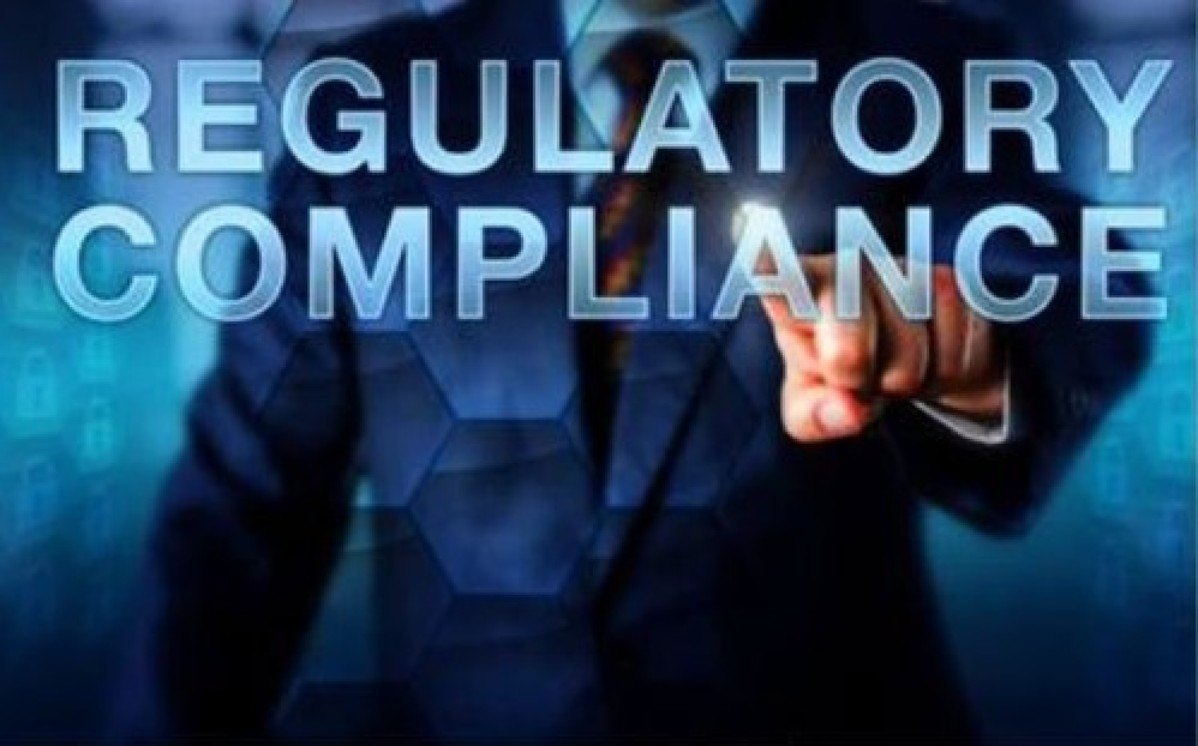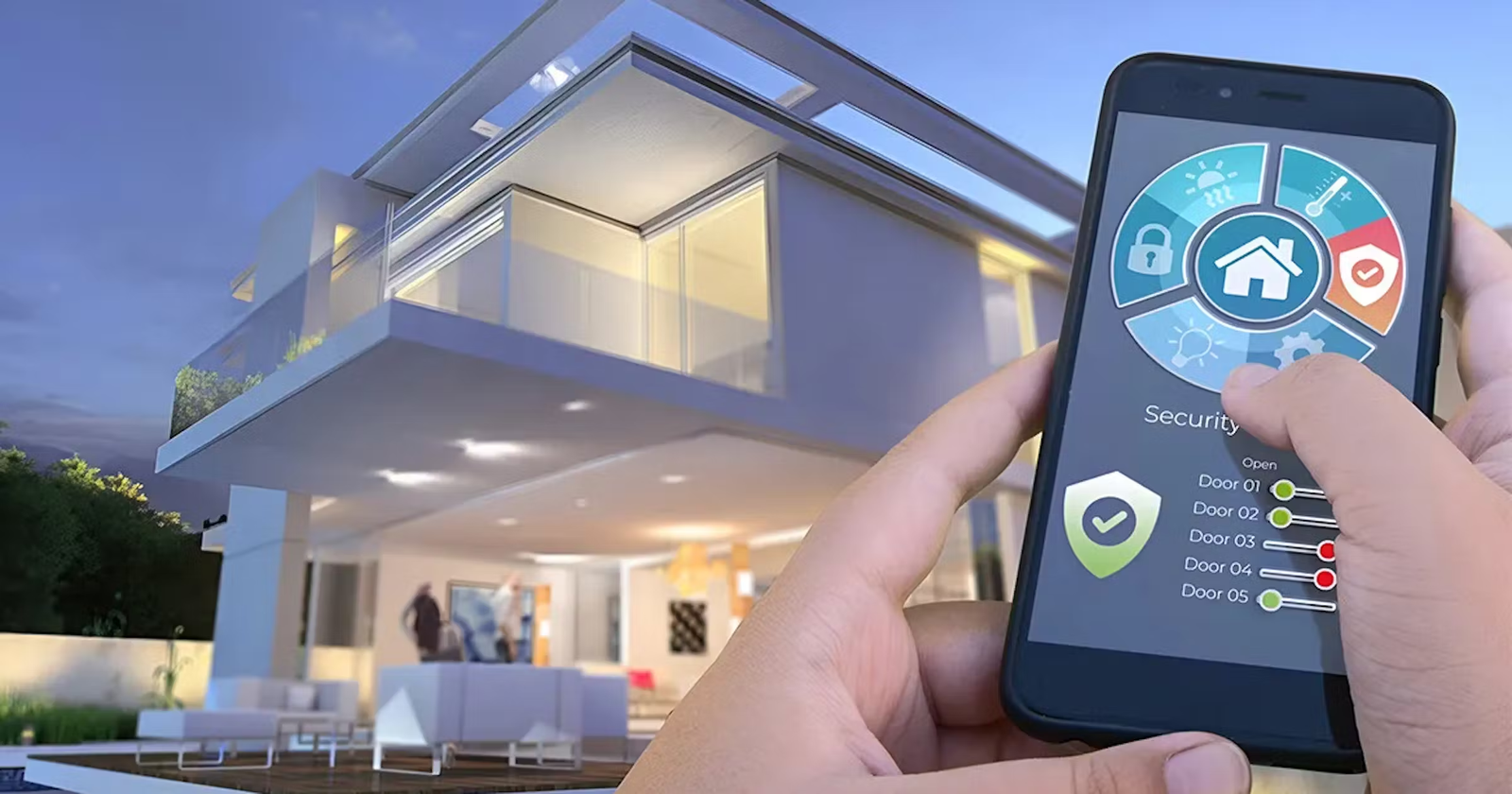Now Reading: 7 Green Building Certifications Boosting Value in 2025
-
01
7 Green Building Certifications Boosting Value in 2025
7 Green Building Certifications Boosting Value in 2025
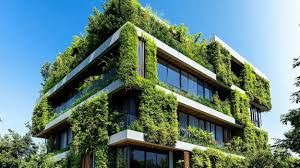
Table of Contents
Green Building Certifications: Dubai’s real estate market, valued at AED 761 billion ($207.2 billion) in 2024, is a global leader in 2025, with sustainable properties projected to account for 35% of transactions, up from 15% in 2020, per uniqueproperties.ae. Despite a 15% price correction due to a 182,000–210,000-unit supply surge, per Fitch Ratings, green-certified buildings command 10–20% higher rental yields and 5–8% price premiums, per DAMAC Properties.
Driven by the UAE’s Net Zero 2050 goals and Dubai’s 2040 Urban Master Plan, certifications like LEED and Al Sa’fat enhance property value through energy efficiency, water conservation, and tenant appeal, per EmiratesGBC. This guide, crafted in clear, SEO-friendly language with an engaging tone, outlines seven green building certifications boosting value in Dubai’s real estate market in 2025, supported by data, legal insights, and risk analysis.
7 Green Building Certifications Boosting Value
1. LEED (Leadership in Energy and Environmental Design)
LEED, a globally recognized standard by the U.S. Green Building Council, certifies buildings for energy efficiency, water conservation, and sustainable materials. Dubai hosts over 550 LEED-certified projects in 2025, with 35% of new office spaces LEED-rated, per DAMAC Properties. Platinum-rated buildings, like those in Expo City Dubai, command 15–20% rental premiums, per gulfprestigedubai.com.
- Why It Boosts Value: LEED-certified properties reduce energy costs by 30% and attract eco-conscious tenants, per Seabeats. High-net-worth individuals (HNWIs) prioritize LEED for 7–9% yields.
- Investor Action: Invest in AED 15 million ($4.08 million) LEED Gold apartments in Downtown Dubai, per Property Finder.
- Example: A $4.08 million LEED Platinum Business Bay office yields $367,200 annually, appreciating to $4.9 million by 2028, a $820,000 gain.
- Source: DAMAC Properties, gulfprestigedubai.com
2. Al Sa’fat (Dubai Green Building Evaluation System)
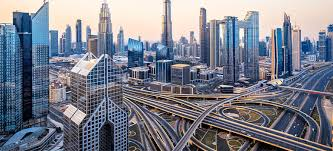
Al Sa’fat, mandated by Dubai Municipality since 2014, rates buildings Bronze to Platinum for energy, water, and material efficiency, per dm.gov.ae. Over 72,000 buildings (58% of Dubai’s stock) are Al Sa’fat-certified, reducing CO2 emissions by 7.3 million tonnes, per gulfnews.com. Bronze is mandatory for permits, boosting resale values by 5–10%, per Square Interiors.
- Why It Boosts Value: Compliance ensures lower utility costs (20% electricity, 15% water savings) and faster permits, per Arabian Business. Investors gain 6–8% yields in Al Sa’fat Silver properties.
- Investor Action: Target AED 10 million ($2.72 million) Al Sa’fat Gold villas in The Sustainable City, per qbd.ae.
- Example: A $2.72 million Al Sa’fat Silver Dubai Hills villa yields $217,600 annually, appreciating to $3.26 million by 2028, a $540,000 gain.
- Source: gulfnews.com, dm.gov.ae
3. Estidama Pearl Rating System
Developed by Abu Dhabi’s Urban Planning Council, Estidama mandates Pearl 1 for all new buildings and Pearl 2 for government projects, per EcoMENA. Applied in Dubai’s sustainable communities like Masdar City, it focuses on energy, water, and cultural integration, boosting property values by 8–12%, per Seabeats.
- Why It Boosts Value: Pearl-rated properties cut energy bills by 25% and attract expatriates, per EmiratesGBC. HNWIs seek Pearl 2 villas for 6–7% yields.
- Investor Action: Invest in AED 12 million ($3.27 million) Pearl 2 Saadiyat Island villas, per AYS Developers.
- Example: A $3.27 million Pearl 1 Al Barari villa yields $261,600 annually, appreciating to $3.92 million by 2028, a $650,000 gain.
- Source: EcoMENA, EmiratesGBC
4. WELL Community Standard
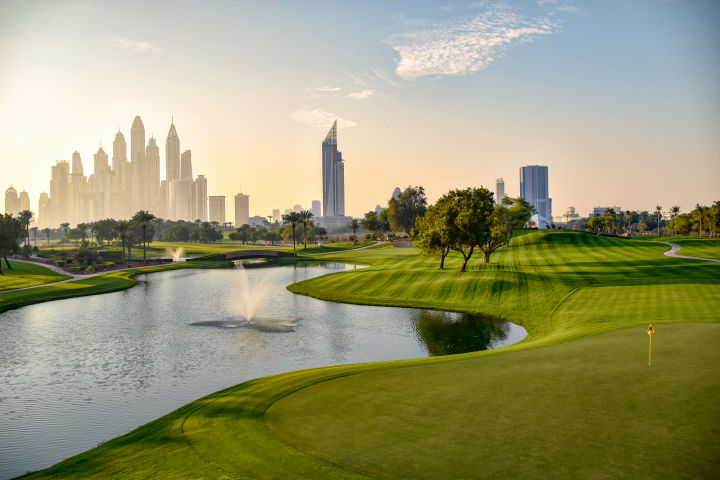
WELL, administered by the International WELL Building Institute, prioritizes occupant health, air quality, and wellness. Expo City Dubai, the first Middle East WELL Community, features 123 LEED-certified buildings with WELL elements, commanding 10–15% price premiums, per gulfprestigedubai.com. WELL-certified offices attract corporate tenants, per Construction Week Online.
- Why It Boosts Value: Wellness-focused spaces reduce sick days by 20%, boosting tenant retention and 7–9% yields, per qbd.ae.
- Investor Action: Buy AED 20 million ($5.45 million) WELL-certified Business Bay offices, per Savills.
- Example: A $5.45 million WELL-rated DIFC office yields $490,500 annually, appreciating to $6.54 million by 2028, a $1.09 million gain.
- Source: gulfprestigedubai.com, qbd.ae
5. Global Sustainability Assessment System (GSAS)
GSAS, a Qatar-based system adopted in Dubai, evaluates energy, water, and environmental impact, per Seabeats. Used in projects like Dubai Creek Harbour, GSAS-certified buildings reduce energy use by 30% and command 5–10% rental premiums, per uniqueproperties.ae.
- Why It Boosts Value: GSAS aligns with UAE’s Net Zero 2050, attracting eco-conscious investors for 6–8% yields, per DAMAC Properties.
- Investor Action: Invest in AED 8 million ($2.18 million) GSAS-rated Dubai Marina apartments, per Property Finder.
- Example: A $2.18 million GSAS-certified Dubai Creek apartment yields $174,400 annually, appreciating to $2.62 million by 2028, a $440,000 gain.
- Source: Seabeats, uniqueproperties.ae
6. BREEAM (Building Research Establishment Environmental Assessment Method)
BREEAM, a UK-based certification, assesses energy, water, and waste management in projects like Jumeirah Village Circle. Dubai’s BREEAM-certified buildings, though fewer than LEED, achieve 10–15% higher resale values due to global recognition, per EmiratesGBC. Demand grows in 2025, per Construction Week Online.
- Why It Boosts Value: BREEAM’s rigorous standards cut operational costs by 25%, appealing to corporate tenants for 6–7% yields, per qbd.ae.
- Investor Action: Target AED 16.5 million ($4.49 million) BREEAM-rated Palm Jumeirah villas, per AYS Developers.
- Example: A $4.49 million BREEAM-certified JVC villa yields $404,100 annually, appreciating to $5.39 million by 2028, a $900,000 gain.
- Source: EmiratesGBC, Construction Week Online
7. EDGE (Excellence in Design for Greater Efficiencies)
EDGE, by the International Finance Corporation, certifies resource-efficient buildings, focusing on energy, water, and materials. Adopted in Dubai South projects, EDGE-certified properties reduce utility costs by 20–30% and command 5–8% price premiums, per Seabeats. It’s cost-effective for mid-range developments, per uniqueproperties.ae.
- Why It Boosts Value: EDGE’s affordability attracts mid-income buyers, boosting 6–8% yields in suburban areas, per DAMAC Properties.
- Investor Action: Invest in AED 5 million ($1.36 million) EDGE-certified Al Furjan apartments, per Property Finder.
- Example: A $1.36 million EDGE-rated Dubai South apartment yields $108,800 annually, appreciating to $1.63 million by 2028, a $270,000 gain.
- Source: Seabeats, uniqueproperties.ae
Legal and Tax Framework
- UAE Legal Framework:
- Property Ownership: 100% foreign ownership in freehold zones (e.g., Palm Jumeirah, Dubai Marina), per Law No. 7 of 2006.
- Corporate Tax: 9% on taxable income above AED 375,000 ($102,103), 0% for QFZPs in DMCC/DIFC. File by September 30, 2025, per FTA.
- VAT: 5% on commercial transactions, exempt for residential. Register if supplies exceed AED 375,000 by March 31, 2025, per Federal Decree-Law No. 8 of 2017.
- AML: KYC mandatory for transactions above AED 100,000, per Federal Law No. 20 of 2018. Penalties: AED 5 million ($1.36 million).
- Fees: 4% DLD transfer fee (split), AED 540–4,200 registration.
- Green Incentives: Tax breaks and reduced permit fees for certified buildings, per Dubai Municipality.
- U.S. Tax Framework:
- Reporting: Declare income via Forms 1040, 1116, Schedule E under FATCA. Income taxed at 10–37%, capital gains at 0–20%.
- Foreign Tax Credit (FTC): Offset UAE corporate tax against U.S. liability.
- FEIE: $130,800 exclusion for earned income, not rentals.
- Golden Visa: AED 2 million ($544,518) investments qualify for 10-year residency.
Risks and Mitigation
- High Upfront Costs: Green features increase initial costs by 5–10%, per qbd.ae. Offset with 30% utility savings and 5–20% premiums, per gulfprestigedubai.com.
- Oversupply: 182,000–210,000 units by 2026 may deepen corrections, per S&P Global. Green-certified properties maintain demand, per Kaizen AMS.
- Regulatory Changes: Evolving green codes may raise compliance costs, per Square Interiors. Monitor Dubai Municipality updates.
- Developer Delays: 40% of off-plan projects face delays, per William Blair. Choose developers like DAMAC or Emaar, verifying escrow with DLD.
- U.S. Tax Burden: IRS reporting reduces returns. Maximize FTC with tax advisors.
Step-by-Step Guide for U.S. Investors
- Research Green Certifications: Target LEED, Al Sa’fat, or Estidama properties for 6–9% yields and 5–12% appreciation by 2028, per Savills.
- Set Budget: Allocate $1.36–$5.45 million, or $2 million for Golden Visa eligibility.
- Verify Developers: Confirm Emaar, DAMAC, or Diamond Developers’ escrow compliance with DLD.
- Secure Financing: Obtain 75% LTV mortgages at 4–5% from UAE banks, budgeting 4% DLD fees, per Seven Luxury Real Estate.
- Execute Purchase: Sign SPAs, ensuring RERA registration and green certification documentation.
- Ensure Compliance: Register for UAE VAT/corporate tax by March 31, 2025, if commercial supplies exceed $102,103, and U.S. taxes by April 18, 2025, with FTC. Complete AML/KYC.
- Lease Strategically: List for short-term rentals, targeting 85% occupancy in tourist areas, per Driven Properties.
- Monitor Returns: Reinvest 6–9% yields, tracking appreciation via Property Finder.
Conclusion
Dubai’s 2025 real estate market, with 35% of transactions in sustainable properties, is reshaped by certifications like LEED, Al Sa’fat, Estidama, WELL, GSAS, BREEAM, and EDGE. These certifications, driving 10–20% rental premiums and 5–12% appreciation, align with UAE’s Net Zero 2050 and Dubai’s 2040 Urban Master Plan, per uniqueproperties.ae. Despite risks like oversupply, U.S. investors can secure high ROI by targeting certified properties in prime areas like Palm Jumeirah and Business Bay, leveraging DLD compliance, and capitalizing on tax incentives, ensuring long-term gains in a AED 761 billion market. watch more
read here: 7 Vital Regulatory Changes Affecting Transactions in 2025



